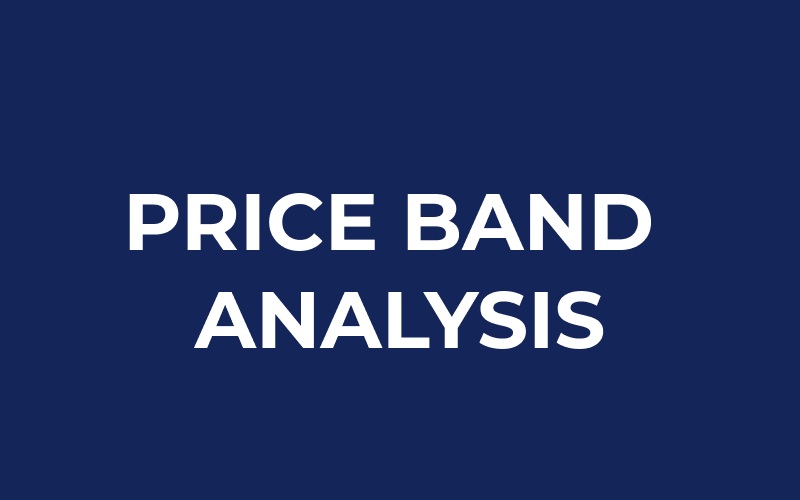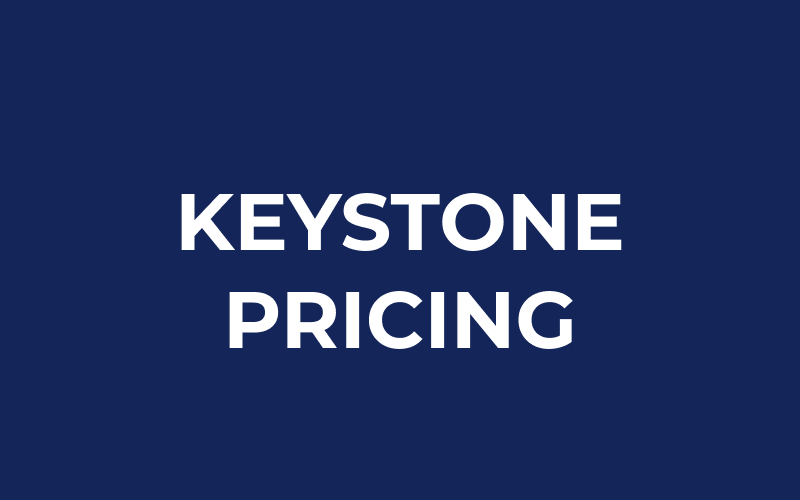Psychological pricing

In the world of ecommerce and retail businesses one of the most intriguing aspects of pricing is the concept of “psychological pricing”. This involves using psychological triggers to influence customer behavior and purchasing decisions. For instance, ending the price of a product with .99 instead of a whole number is a commonly used technique in […]
Price band analysis

Price Band Analysis involves dividing a product’s price range into different categories, or “bands”, based on the price of the product. This helps businesses to understand how their prices compare to those of their competitors and how their prices are affecting their sales. By examining the different price bands, a company can determine which prices […]
Retro payments

Retro payments are a pricing concept that refers to payments made after a product or service has been sold and delivered. This concept is relevant to both ecommerce and retail businesses as it affects their pricing strategies and financial performance. Retro payments can come in different forms, such as rebates, discounts, or incentives that are […]
Predatory pricing

Predatory pricing refers to a pricing strategy where a business lowers its prices significantly below the cost of production and sells its products or services, with the intention of driving competitors out of the market. This illegal practice can lead to negative impacts on both consumers and businesses in the market. Predatory pricing in ecommerce […]
Price matching

The basic idea behind price matching is that retailers will match the price of a competitor’s product if a customer finds it for a cheaper price at another store. This helps retailers to maintain their competitiveness and attract price-sensitive customers. The practice of price matching is often used by big-box retailers such as Walmart and […]
Keystone pricing

Keystone pricing is a widely used pricing strategy in retail and ecommerce businesses. It involves setting the selling price of a product at twice the cost of the product. This strategy is popular because it provides a healthy profit margin for the seller, while still being perceived as reasonably priced by the consumer. Benefits of […]
Minimum advertised pricing strategy

Minimum Advertised Pricing or MAP strategy is a pricing agreement between a manufacturer and its dealers or retailers. The manufacturer sets a minimum price that the dealer or retailer cannot advertise or sell the product for less than. This strategy is aimed at ensuring that the products are priced consistently across all channels, maintaining their brand […]
Initial markup or IMU

Initial markup or IMU is a pricing strategy used by retailers and ecommerce businesses to determine the initial price of a product based on the cost of goods sold (COGS) and desired profit margin. It is calculated by adding a percentage (the markup) to the cost of the product. For example, if a product costs […]
Competitor price analysis

The competitive landscape in ecommerce and retail world is tough, to stay ahead of the competition and meet customer expectations, it is important to have a good understanding of the market and competitor prices. One way to achieve this is through competitor price analysis. What is competitor price analysis? Competitor price analysis involves regularly monitoring […]

